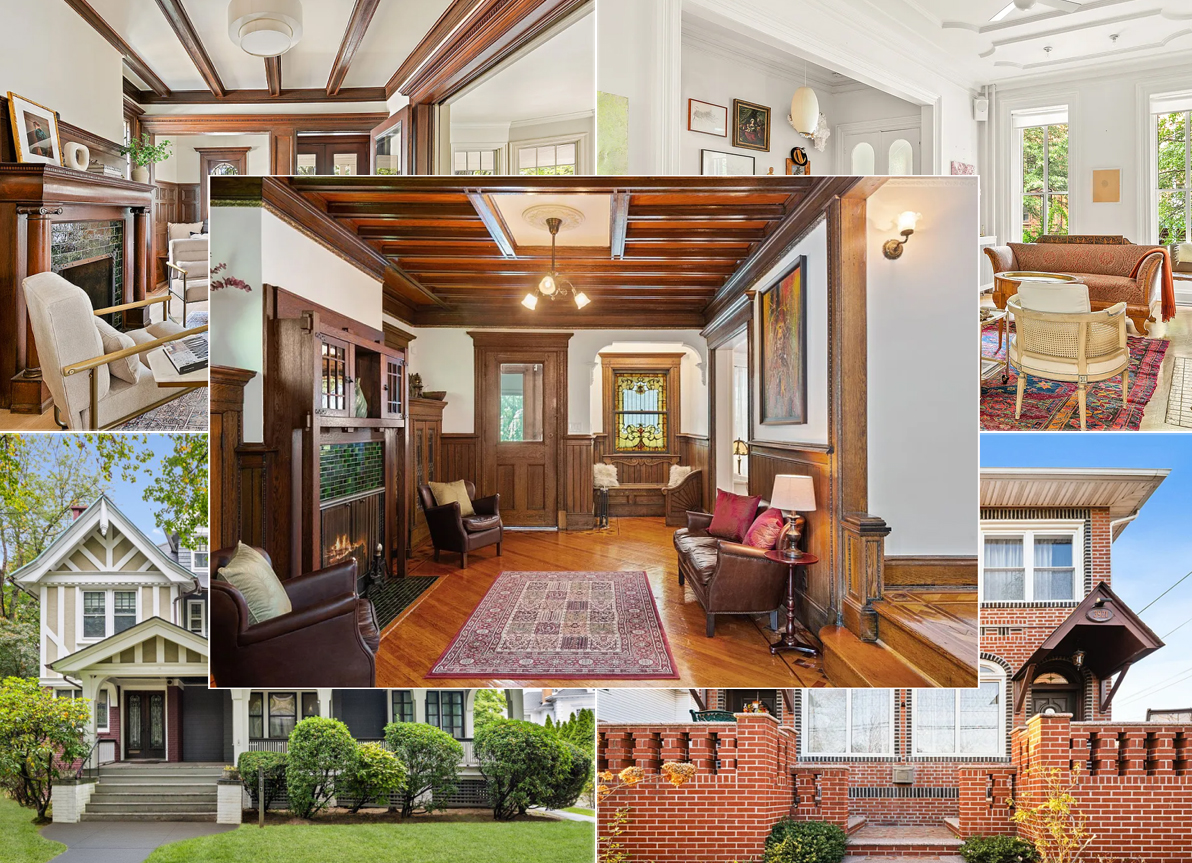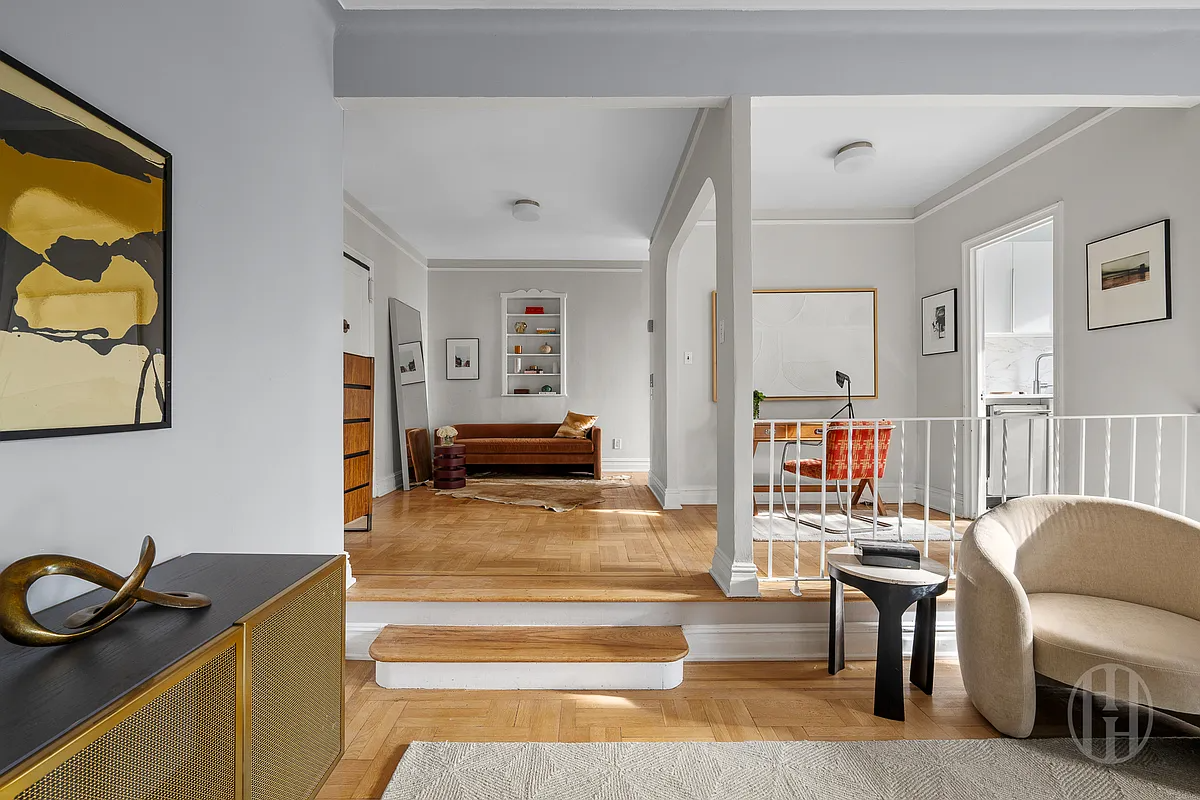Landmarking Tensions Build in Carroll Gardens
A fight is brewing in Carroll Gardens over a growing movement to expand the two-block stretch of landmarked area to include more of the neighborhood’s old houses. Predictably, the battle appears to forming along class and generation lines, with the more working-class old-timers bristling at the loss of control over their own homes. “I bought…

 A fight is brewing in Carroll Gardens over a growing movement to expand the two-block stretch of landmarked area to include more of the neighborhood’s old houses. Predictably, the battle appears to forming along class and generation lines, with the more working-class old-timers bristling at the loss of control over their own homes. “I bought my house under the pretense that I can do what I want to it – inside and outside,” long-time resident Butch Mule told The Daily News. Unfortunately, though, some of these long-time residents have not exactly distinguished themselves as guardians of the neighborhood’s architectural legacy. “We don’t want buildings to get funky additions on top and inappropriate modifications to the facade,” said architect John Hathaway, who is among those who have lived in the neighborhood for decades that does feel the area’s buildings are worth protecting. “The neighborhood has become so popular because of what it [looks like].”
A fight is brewing in Carroll Gardens over a growing movement to expand the two-block stretch of landmarked area to include more of the neighborhood’s old houses. Predictably, the battle appears to forming along class and generation lines, with the more working-class old-timers bristling at the loss of control over their own homes. “I bought my house under the pretense that I can do what I want to it – inside and outside,” long-time resident Butch Mule told The Daily News. Unfortunately, though, some of these long-time residents have not exactly distinguished themselves as guardians of the neighborhood’s architectural legacy. “We don’t want buildings to get funky additions on top and inappropriate modifications to the facade,” said architect John Hathaway, who is among those who have lived in the neighborhood for decades that does feel the area’s buildings are worth protecting. “The neighborhood has become so popular because of what it [looks like].”
Issue of Landmarking Splits Carroll Gardens [NY Daily News]





benson, you need to calm down about the whole landmarking thing. Remember that many folks in areas like Crown Heights and Bed Stuy (montrosse morris being one of them) are practically begging the LPC to landmark their blocks. These are not elite or wealthy areas.
While I agree that there is too much snobbishness in the whole preservation world, the primary impetus of landmark protection is to protect areas from ambitious developers more so than from people with “bad taste”. I know people with perfectly great taste that can’t stand dealing with the Commission.
Oddly though I find myself agreeing with your take that the preservation movement has somewhat lost its intellectual bearings and is in danger of being taken over by the fundamentalist wing of the movement. In a way it is a sign of the times. The sane and rational are sidelined by the crazy and over-zealous. the latter make for better sound bytes.
i wanna hear mr b defend himself here. i have never agreed more with benson.
“Landmarking is being used by the overprivileged to create the environment THEY want. I am all for landmarking districts when appropriate, but this piecemeal block here and block there approach is only about creating a happy environment for the overprivileged through controlling the actions of their neighbors. ”
Orestes;
Bravo!!
You win the “Benson’s Best” award for the month!!! Spot on.
I will say it for the umpteenth time on this site: the preservationist movement has hit a point of intellectual bankruptcy. They have moved WAY beyond the original idea of landmarking intact, important districts (like BH and the park blocks of PS) to the creation of adult Disneylands for the elite.
One sure indicator of this intellectual bankruptcy can be seen in Mr. B.’s post itself. He can’t argue the merits of the case itself. Instead, he always spins it in terms of making sure those with low taste (in his eyes)are prevented BY LAW from doing what they will with their home. In other words, he can’t make a positive case, so tries to make the actual, negative (class issue) case in code terms (“Old timers”, “Working-class”).
” Park Slope slid down far less and was always primarily a single-family neighborhood” – Minard, you write well but often filled with misinformation ( in other words , hot air).
Sparafucile- right on!
Minard- why not compel owners to also use gas lighting to retain traditional appearance? Because it’s silly. People should be able to do with their homes what they like. South Brooklyn has been a working class neighborhood for generations, one in which people retained the right to do with their property as they wish. Let’s be honest. Landmarking is being used by the overprivileged to create the environment THEY want. I am all for landmarking districts when appropriate, but this piecemeal block here and block there approach is only about creating a happy environment for the overprivileged through controlling the actions of their neighbors.
Brooklyn Heights is an interesting case. At the time it was designated an historic district it was in a steep downward spiral. Many of the larger houses had been demolished and replaced with ordinary apartment buildings and many of the regular houses had been subdivided into cramped SROs. The area was a mess with a few nice blocks where the gentry stubbornly hung on. Over the course of the past 30 years a lot of expensive restoration work has undone many of the bad deeds of the past although there are still quite a few eyesores in the Heights. Park Slope slid down far less and was always primarily a single-family neighborhood. Fort Greene was…well….not very nice at all some years back. So yes, landmarking has a definite positive role but it needs to keep up with the times and lose the old restricitve rules that encourage non-compliance.
“It is using the state power to impose aesthetic regulations that are often arbitrary.”
They are not arbitrary. They legislate that historic buildings should retain their traditional appearance.
For proof, look at Brooklyn Heights.
I agree, minard. The LPC tends to lose the forest for the trees. Although overall I feel landmarking is a real benefit to the neighborhood, having to file to paint your front door a different color is plain silly.
“Landmarking is a formal version of the already existing tacit social contract we have as urbanites”
It’s nothing of the sort. It is using the state power to impose aesthetic regulations that are often arbitrary – especially as landmarking gets applied to areas that are quite heterogeneous in building style, age, and level of alteration.
Zoning that says how tall a building can be, where on a zoning lot it can locate, and what uses are permitted are very different from dictating paint color or telling you that can’t replace your windows unless you go for the ones that are triple the cost of the generic ones.